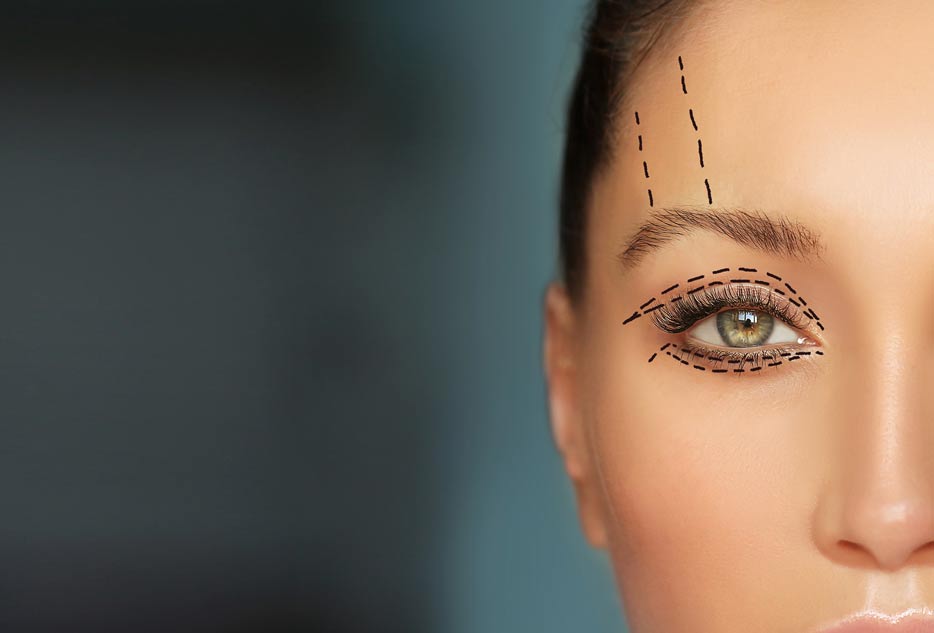Eye Surgery
The ‘Zoom effect’ and Blepharoplasty Surgery

Miss Elizabeth Hawkes
February 23, 2021

The world has changed significantly during the COVID-19 pandemic. One such element is working from home, which many say is long overdue due to the reduction in wasted travel time and the ability to spend more time with family. As we gradually return to normality, it is likely that business calls, conferences, medical consultations, or even gym classes will remain WFH.
So what is the ‘zoom effect’? Miss Hawkes explains… Normally, we would only check ourselves out in the bathroom mirror morning and night, as well as the odd glance at our reflection in windows when out and about. Zoom and other communication platforms mean we are staring at ours faces more than ever – it has been calculated at as much as 4 hours per day, which is making us even more self-conscious of our appearance.
This is the ‘zoom effect’. Coupled with mask wearing, there is even more emphasis on the eyes, which are the first part of the face to show signs of aging. Some even admit that they can’t concentrate on a zoom meeting as they are looking at their own appearance.
This has led to a 57% increase in enquiries for facial aesthetic treatments, according to SaveFace UK organisation.
Miss Hawkes has had a 300% increase in requests for blepharoplasty surgery compared to pre-COVID levels.
What happens to the eyes when they age?
- Fine lines, or smile lines/crows feet. The eyelid muscle (orbicularis oculi) is one of the most active of the face. Circling the eye, it contracts with every blink at 12 times per minute. Repetitive muscle contraction causes wrinkles.
- Excess eyelid skin. The delicate eyelid skin loses its elasticity due to reduced collagen production from the age of 30. This can cause hooding of the upper eyelids, known as dermatochalasis, and makes the eyes look tired.
- Orbital fat prolapse. The eyeball is naturally cushioned in fat, which is held in place by a structure called the septum. Over time, the septum weakens, and the fat can prolapse forward giving lower eyelid bags and upper eyelid swellings.
- Eyelid droop (ptosis). Due to loss of elasticity and gravity, the upper eyelids can drop from their normal height and make the eyes appear to be smaller.
- Tear trough formation. In our 30s, volume loss occurs in the lower eyelid, resulting in a tear trough. Miss Hawkes can offer surgical and non-surgical options to deal with these aging changes.
Get in Touch
Considering a procedure or have questions? Dr. Hawkes is here to help. Please reach out for consultations or inquiries.
